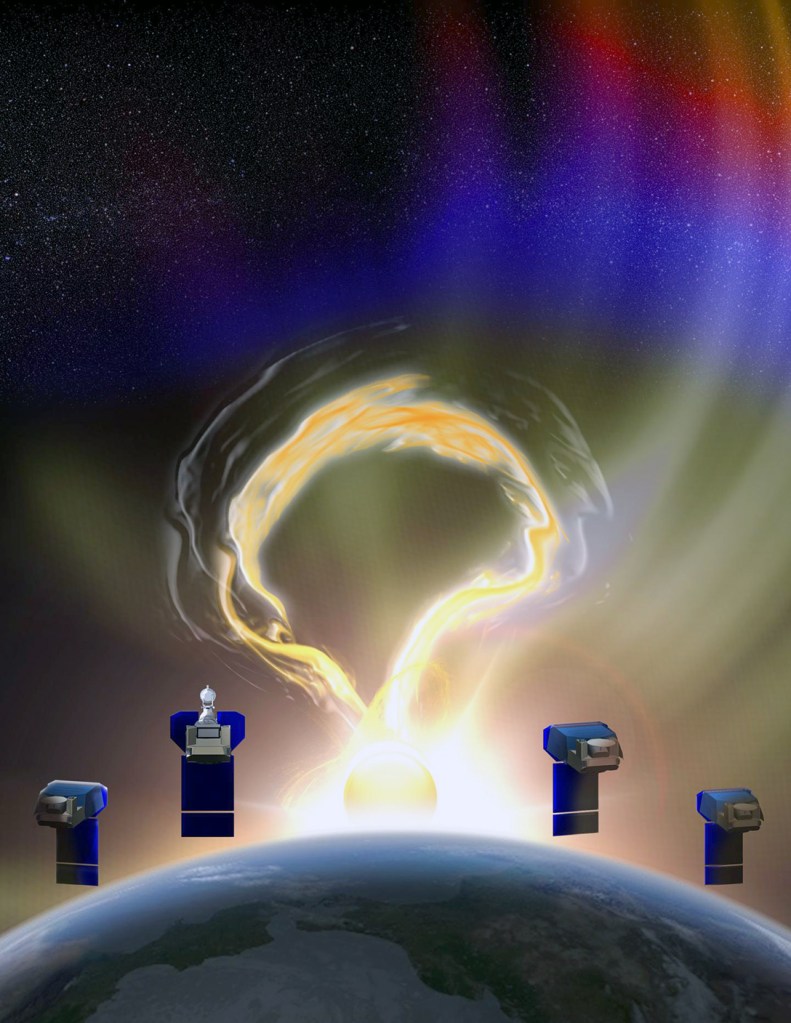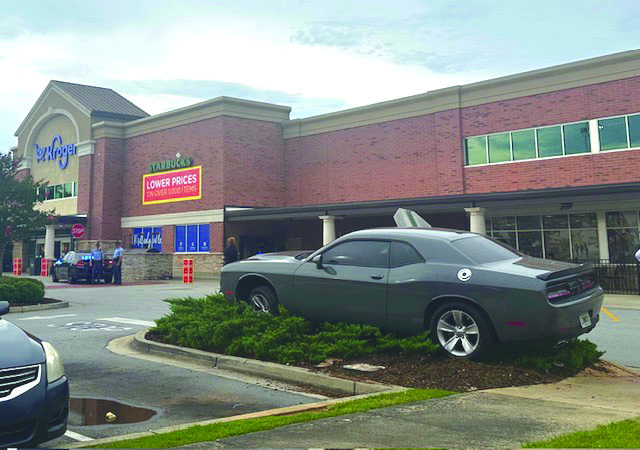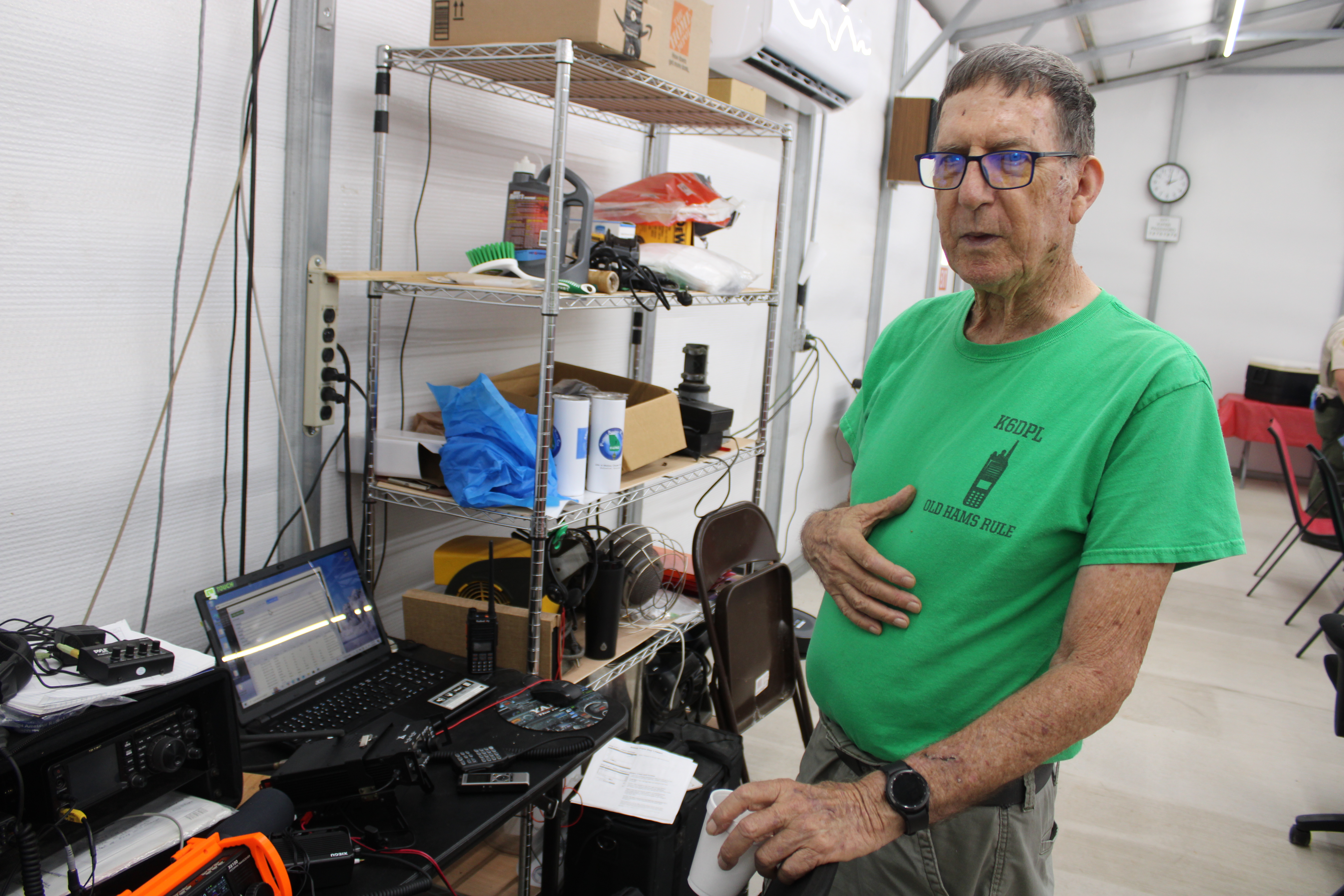OUR SPACE: PUNCH will pack quite a punch
Published 7:37 am Wednesday, February 12, 2025

- PUNCH is a NASA Small Explorer mission that will make global 3D observations of the young solar wind, from the outermost solar atmosphere to the inner heliosphere. Images of unprecedented quality will help to close a 60-year gap in measurement and understanding of what occurs in this region of space. (SwRI/NASA)
A few weeks ago we learned more about the upcoming SPHEREx launch, and today we’ll explore the secondary payload of this particular launch: the four satellite siblings of the PUNCH mission.
You’ve probably already suspected that PUNCH is another one of those clever NASA acronyms, and you are right! PUNCH stands for Polarimeter to Unify the Corona and Heliosphere. The PUNCH spacecraft will explore the shape and movement of the solar wind.
While we tend to think of weather as an Earth phenomenon – wind, clouds, rain, snow, fog – there is weather in space as well. There is no air or rain in space, but there is wind. Unlike on Earth, this wind is not made out of moving air, but rather charged particles flung into space by the sun. And there’s a lot of wind out there – each second the sun expels around 300,000 tons of material. These particles travel at very high speeds and can wreak havoc on anything that stands in its path.
Trending
Lucky for us the Earth is quite well protected from this menace by its magnetic field, which deflects the onslaught and guides it around itself and away into space, the way ocean waves are diverted by the bow of a ship. But a good number of particles are led into Earth’s atmosphere around the poles, where they interact with molecules in the air and create the stunning aurora or Northern Lights. There are auroras on the opposite end at the South Pole as well, of course, and depending on the molecules these particles hit various light colors are released. Remember last year when the Northern Lights were visible all the way down to Milledgeville? Yep, that was a real solar storm!
Studying the solar wind is essential for all of us – solar storms can take out satellites and overload power grids, leading to rolling blackouts and communication disruptions all over. In our interconnected world such outages can fall between a minor inconvenience and an economic disaster!
PUNCH consists of four identical satellites the size of a large suitcase with a solar panel that will be positioned strategically around the Earth so they can observe the entire area between the sun and the Earth at all times. Because their fields of view overlap slightly at the edges like petals of a flower at their base, no observational data is lost and movement can be tracked very easily.
We can’t see the solar wind with our own eyes, but the onboard cameras can zoom in on those bright emissions from the sun’s corona and track their paths easily. We already know that showers of particles follow the sun’s own rotation, like one of those rotating yard sprinklers with revolving arms. In addition, the sun has violent eruptions that shoot even more particles in so-called coronal mass ejections, or CMEs. It takes between 1 and 3 days for these wind gusts to arrive on Earth, and forewarned is forearmed.
PUNCH will generate massive amounts of data, and supercomputers will crunch that for quite some time, but each data point teaches us more about the sun’s behavior, and patterns emerge, giving us more information on how to protect our infrastructure, and ultimately ourselves.
Check out the website for the PUNCH mission at https://punch.space.swri.edu/ – it has an amazing amount of material already. From getting to know the scientists working on the project to creating your very own solar storm dance performance, there is something for everybody! There are activities to do online and many related research topics to explore.
Trending
Did you know that there is a stone carving, or petroglyph, in Chaco Canyon in New Mexico, that illustrates the sun with CMEs with surprising accuracy? At first blush it’s just a circle with some curly-cue rays, but if you compare the ancient image to recent photos from sun-studying satellites, the resemblance is uncanny. The shapes even inspired a choreographer to develop a dance that you can participate in as well!
Our local star is often taken for granted, we rarely give it a second thought. And yet there’s still so much we don’t know about it. Every mystery we solve creates more questions, and we’re only beginning to see how marvelously the entire system works together. We only became aware of space weather fairly recently in our history, and we’re still discovering the many ways the solar wind affects us. As more and more human beings work in space we must learn all we can about space weather, and how to protect our fragile bodies from its wrath.
PUNCH may be a secondary payload to the amazing SPHEREx survey telescope, but its mission is just as important, as it studies space much closer to home.
Beate Czogalla is the Professor of Theater Design in the Department of Theatre and Dance at Georgia College & State University. She has had a lifelong interest in space exploration and has been a Solar System Ambassador for the Jet Propulsion Laboratory/ NASA for many years. She can be reached at our_space2@yahoo.com





